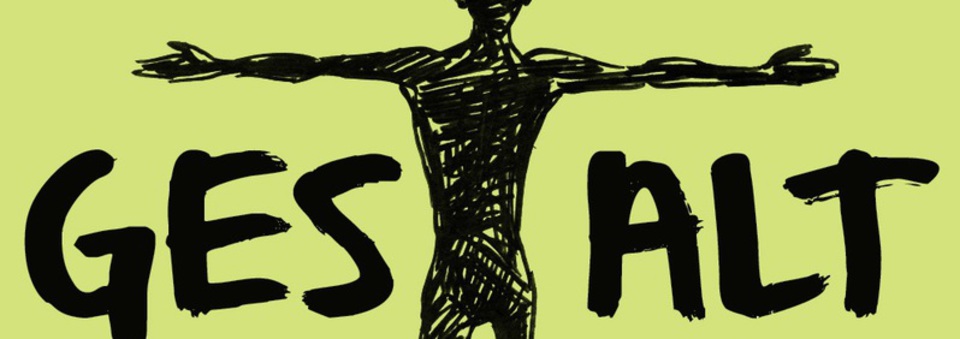What is Gestalt Therapy?
Gestalt therapy is a philosophy of life and a psychological approach. It focuses on awareness (of how we live and why we do what we do), live here and now (It is in the present where we can review the past so we can build the future) and consciousness (of our resources and potential).
Gestalt therapy pursues as no other kind of therapy, the authenticity of the person, to learn to be real and not made of paper. To be emotionally healthy and have well defined necessities to be able to organize our conduct; neurosis prevents us to create the proper Gestalt (form/shape) of the situations. The person who is able to make a proper Gestalt, connects with his or her inner feeling of being well with what he or she does and says, discovering their false ego, using their own body, their organism, as a compass. To close incomplete gestalts and learn how to close them consists among other things, in avoiding the premature abandonment of conflict, say what you like or do not like, be able to express love or rage in the adequate moment, and not falling in the trap of pleasing everyone, to be authentic.
Gestalt therapy tries to help the individual to live a full life, a life with meaning, increase the vital tone and consciousness. It proposes our own revaluation, that is, to take our own personal value, our power and our dignity, respecting our abilities and difficulties so we can grow as individuals; take energies and capacities that we do not use. The intention of Gestalt therapy is that the person coexists better with him or herself and with what happens to him or her. The vital proposal of the Gestalt therapy is to make us live a life with more consciousness and contact with ourselves in a cognitive, emotional and somatic level in order to access to a major coherence and transparence (internally and with others), which brings to more authenticity, linked to more self support. (Jordi Gil, Decide cómo vivir tu vida).


